Scientist of the Day - William Huggins
William Huggins, an English amateur astronomer, was born Feb. 7, 1824. He built his own private observatory, called Tulse Hill, in London in 1856 (second image), and when spectroscopy was established as a scientific field of inquiry in 1859, Huggins jumped at the chance to apply it to astronomy. He said he felt like a parched man spying water in the desert. In the early 1860s, he examined the light of several nebulae and found that the spectral lines were those of a gas, not stars (third image), and suggested that at least some nebulae were gaseous in nature (at the time, no one know what nebulae were, except that they were nebulous).
In 1868, Huggins discovered that the spectral lines of the star Sirius are shifted slightly to the red end of the spectrum, which he recognized as a indication that Sirius is moving away from us, and he even measured its speed of recession. Huggins's wife was his close collaborator throughout his career, and just before he died, he and Lady Huggins republished all his scientific papers in a beautiful volume, The Scientific Papers of Sir William Huggins (1909), accompanied by a number of photographs of scientific life at Tulse Hill. The first image above, showing Huggins with his telescope and spectrograph, is the frontispiece to the book, and the second and third images come from it as well. Our copy was presented by the author to the American Academy of Arts and Sciences in Boston in 1909. When our Library acquired the Academy’s Library in 1946, Huggins' Scientific Papers came to Kansas City, and we are happy to have it.
There is a lovely oil portrait of Huggins in the National Portrait Gallery (NPG) in London, painted by John Collier (fourth image). If Collier's name is familiar to you, it might be because he painted a well-known portrait of Charles Darwin some 20 years earlier (fifth image). Both portraits can be seen in Room 27 of the NPG (sixth image); also visible in the photo above are portraits of Charles Lyell, T. H. Huxley, Richard Owen, and William Henry Perkin.
Dr. William B. Ashworth, Jr., Consultant for the History of Science, Linda Hall Library and Associate Professor, Department of History, University of Missouri-Kansas City. Comments or corrections are welcome; please direct to ashworthw@umkc.edu.


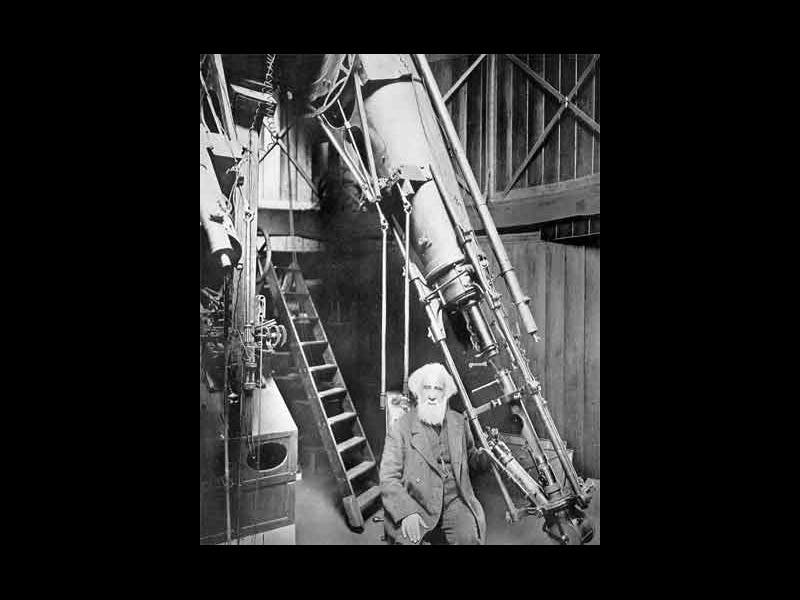
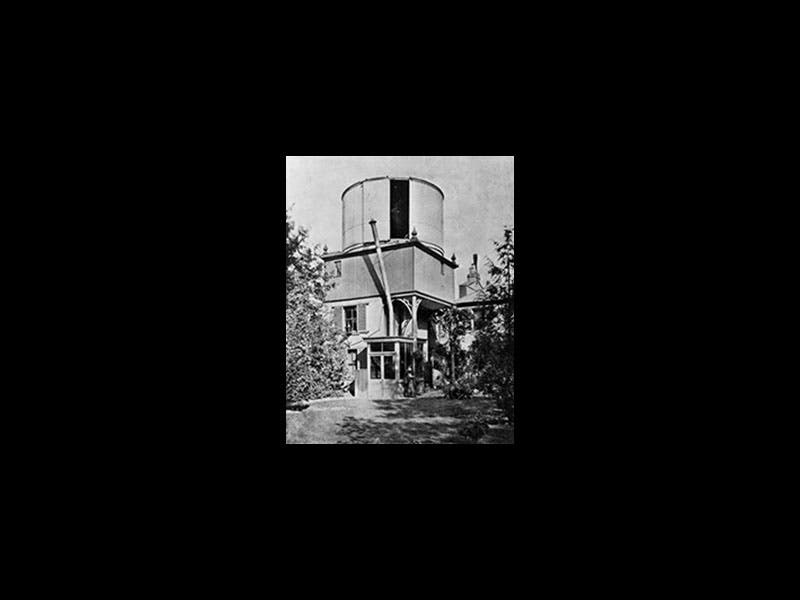
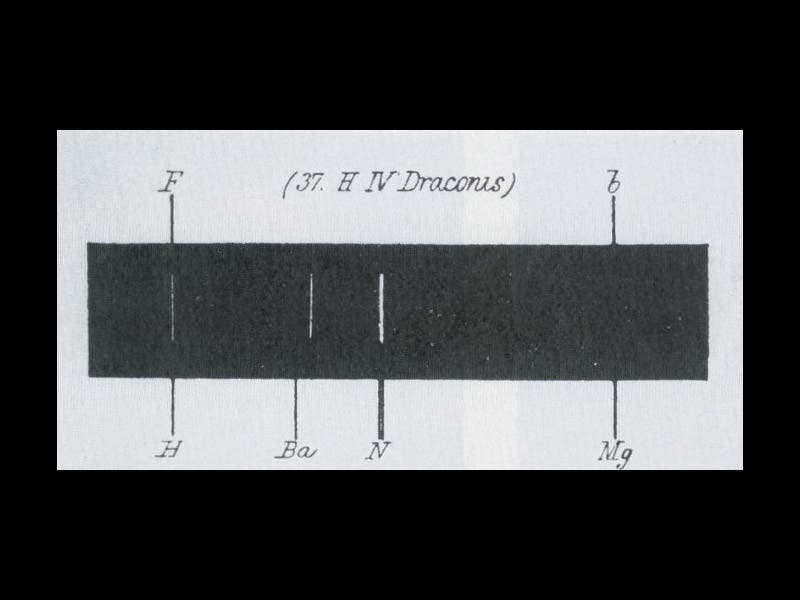

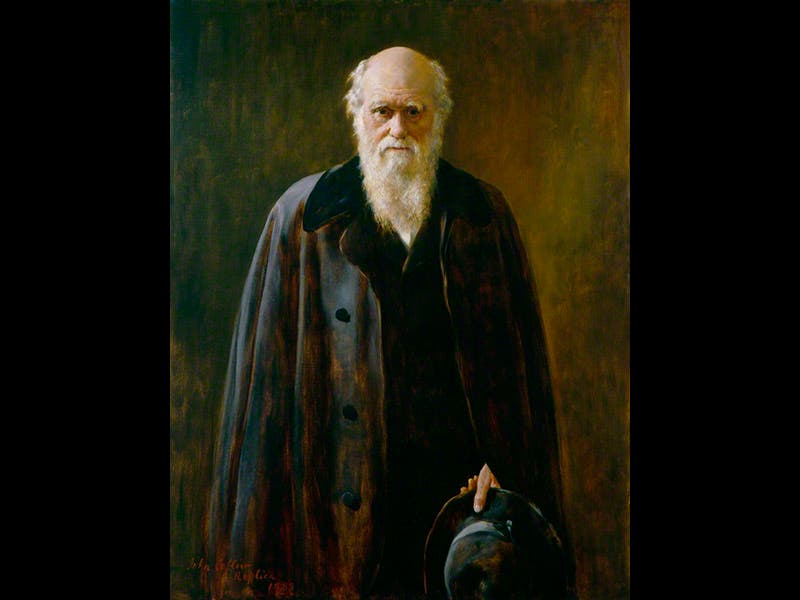
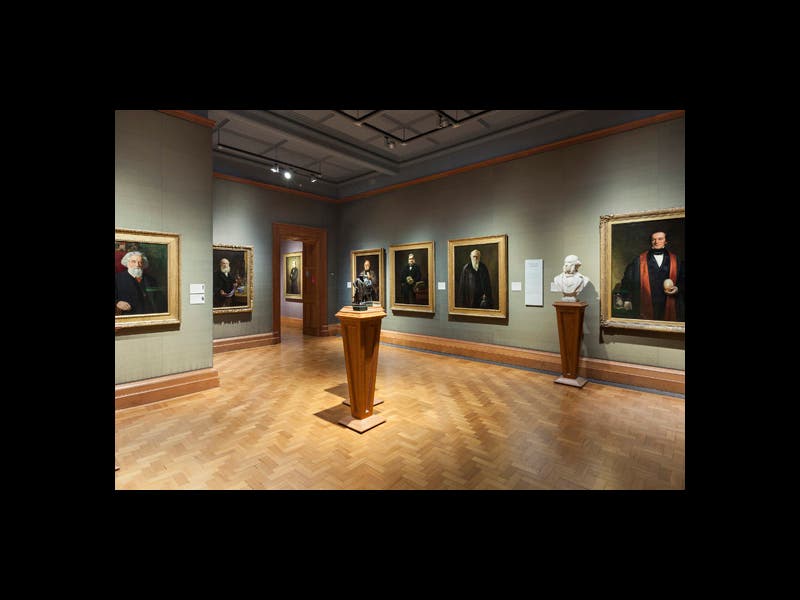


![Using an astrolabe to measure the depth of a well, woodcut in Elucidatio fabricae vsusq[ue] astrolabii, by Johannes Stöffler, 1513 (Linda Hall Library)](https://assets-us-01.kc-usercontent.com:443/9dd25524-761a-000d-d79f-86a5086d4774/a998eb50-55d2-4a88-ace2-a50aa5fa86e7/Stoffler%201.jpg?w=210&h=210&auto=format&fit=crop)

